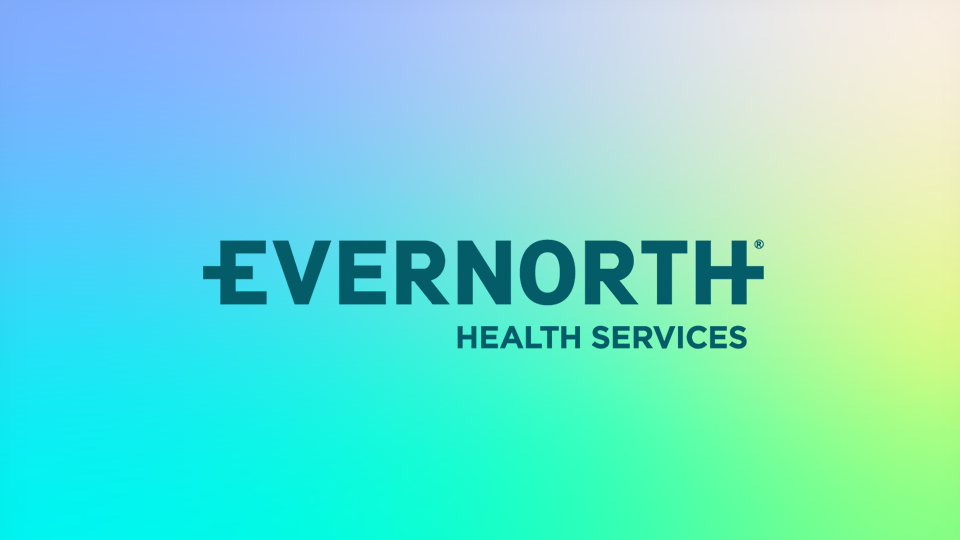Mobile devices are everywhere. Look at the world around us: We see people walking in the street while looking down at their mobile phone, tracking their steps through a wearable device like a smartwatch, and standing in a store aisle doing price comparisons from their smartphone browser. The Internet is now conveniently available through highly computable devices that fit into our pockets, putting a world of information and functionality at our fingertips.
According to Pew Research, 97% of Americans own a cell phone, and 90% of those are smartphones. Not just younger generations are using smartphones, either; 89% Americans aged 50-64 own a smartphone. Consumers spend more than four hours per day on their mobile devices, with 88% of that time spent engaging with mobile apps.
From a health care standpoint, delivering care at the right place and the right time means we must be present and available to the patient with perceived ubiquity.
At Evernorth, we believe that pursuing a mobile-first strategy will help transform our fragmented health care system and reorient it around consumers, allowing us to deliver a differentiated solution to customers that is intuitive, personalized, engaging, and effective. Advantages of a mobile-first strategy include:
- Engagement and personalization
- Clinical efficacy
- Integration with the Internet of Things
- Expanded access to health care and services
- Meeting the high and growing demand from consumers
Below we take a look at some of the big opportunities in mobile as they pertain to the health care experience.
Prioritizing mobile delivery through native apps
Mobile enables the delivery of personalized and engaging digital experiences, and native apps in particular offer a range of opportunities. The term native app refers to an app that is developed for one particular operating system only (such as iOS or Android). Mobile web refers to accessing a website via your phone’s browser. And desktop web is the traditional way of accessing a website on a laptop or desktop computer.
Overall, mobile native apps offer significant advantages over mobile or desktop web. One primary advantage is that mobile native apps offer unique digital opportunities to engage customers and personalize their experience in ways that web cannot. Mobile apps support more intuitive and interactive digital experiences supported by touch screen, smooth UI animation, haptics, and interactive elements. They also offer creative ways to engage customers through alerts, push notifications, sharing, gestures, and other app functionality. The resulting user experience is much more immersive when compared to a mobile browser. With mobile apps, users have access to the digital experience anywhere and anytime, even when no internet connection is available.
Mobile apps also integrate well with and maximize utilization of device-related features such as cameras and integrate with other smart devices and third-party apps. This allows for the capture of key engagement data at all points in a person’s health journey, which can be used to further personalize the experience and enhance care recommendations and interventions.
Improving health care outcomes with mobile apps
The ultimate goal of digital is to improve health care outcomes and costs. The most engaging mobile apps have three primary characteristics:
- They offer the ability to track and visualize health data over time with personalized feedback
- They provide personalized coaching and education support
- They offer text and/or app notifications, with limited frequency.
Studies find that text-message interventions increase appointment attendance and enhance medical compliance, such as medication adherence and smoking abstinence. Looking further at the clinical benefits of mobile-app interventions, our research has found positive, statistically and clinically beneficial effects across a multitude of conditions and behaviors. These conditions include mental health, diabetes, Musculoskeletal (MSK) conditions, pregnancy, heart disease, and smoking, as well as many others.
This research offers us valuable insights to guide us on our mobile-first journey as we work to build, deliver, and enhance new digital solutions for our customers.
Getting close to biometric health screening and data collection mechanisms
Internet of Things and wearable devices in particular offer significant opportunity to digitally monitor and treat illness and to improve wellness, and today Evernorth has an immense opportunity to expand our connection points to these devices.
The number of wearable medical sensors and devices like smart patches that measure heart rate variability, along with smartwatches and fitness trackers, continues to accelerate each year with the market projected to reach 69.2 billion by 2028.
Looking specifically at U.S. consumers, 41% of individuals and 60% of households own a smartwatch or fitness tracker, with the vast majority (90%) actively using them to track fitness and health. In addition, 70% of smartwatch/fitness tracker owners report that the devices have helped them make improvements to their fitness and health.
Data from these sources can be integrated with smartphone apps, sending data to these devices for display and analysis. With the right technology, including interoperability capabilities, health plans and health care providers can see wearable health data on a patient’s health record, gaining access to more comprehensive information to inform diagnosis and care. The ability of mobile to integrate with smart devices can improve the ability to treat and monitor illness and improve wellness.
The mobile imperative
The growth in mobile adoption and digital engagement channels for health care has created new needs in health information security and consumer privacy and consent. Adoption of these new digital health solutions at scale is dependent on consumer trust and confidence, so it is imperative to design for privacy and consent and be committed to transparency when it comes to data.
It’s clear that mobile is one of the key pieces of technology that can help us transform our fragmented health care system in service of consumers. 2023 saw significant growth in telemedicine and mobile health applications to meet the need for patient monitoring and increased accessibility to care.
Originally published on 1/25/2023 and updated on 8/26/2024.



